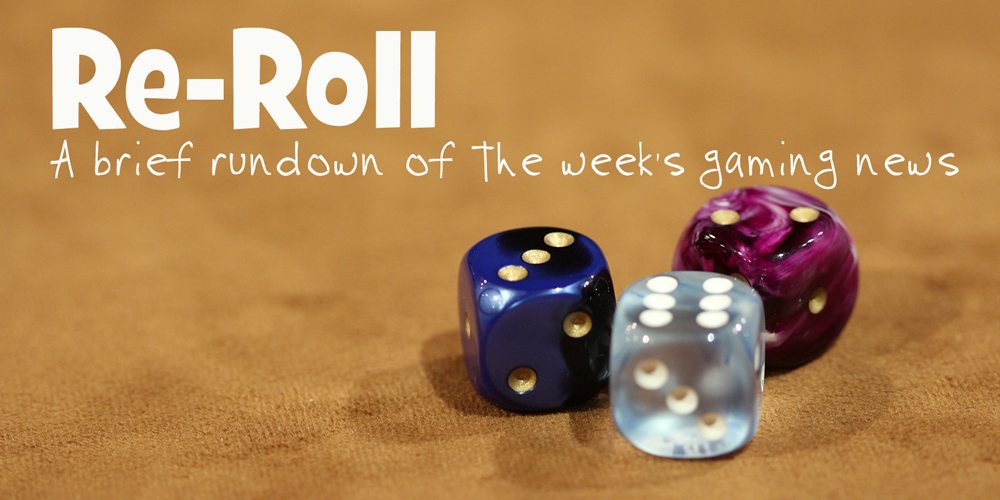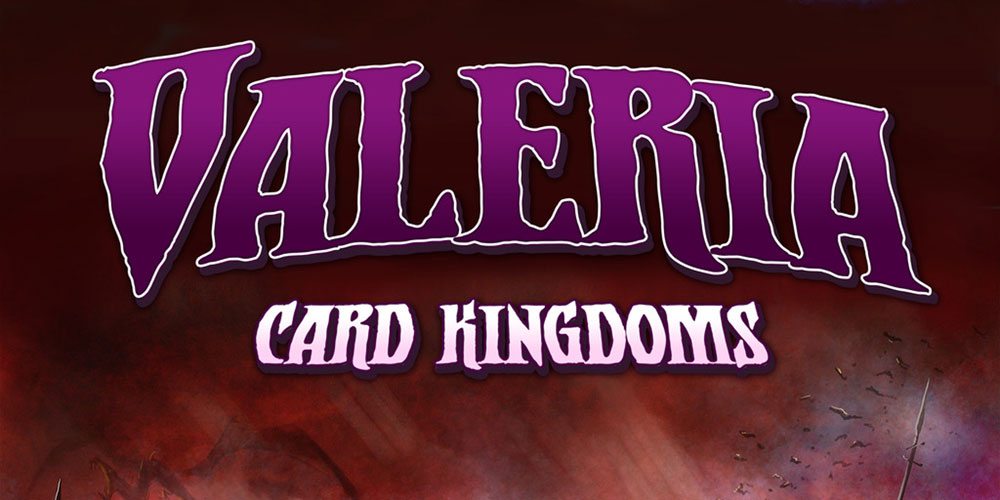1. P’achakuna is a board game inspired on Quichuan dyeing techniques and trading practices
P’achakuna (which means textiles in Quechua) is a pickup-and-delivery game for 2 players, ages 8 and up, and takes 30 to 60 minutes to play. You can check the Kickstarter campaign here, and the full review by Jonathan H. Liu here. By his words (he is a much more savvy player than I am), the theme is family-friendly and there′s no reading involved in the gameplay (once you′ve learned the rules).
My ten-year-old is starting to play board games and he was very lucky on our first try, so he had fun and we enjoyed ourselves. However, what I really wanted to know is how fact-accurate the game was, since we are in Bolivia and I happened to have been studying a lot about textiles for an upcoming project.
2. The board game has its facts right
Basically, camelid fiber has been a source for wealth in all of the Andes for a very long time. P’achakuna has partnered with the Suyana foundation both in Bolivia and Peru, to bring some of the modern made fabrics to the game, and the products offered are very lovely: wooly llamas and colorful textile bags.
Llama or alpaca wool comes in a variety of natural colors: white, brown, black and grey. White wool can be dyed, and several important resources are needed in order to do so. Yellow, orange, purple, blue and green come from plants; red comes from cochineals, small insects that when crushed produce an intense red.
Dyeing requires a lot of steps. You need to gather the ingredients, prepare the dye and ferment it before using it to dye the wool. It takes several months and requires binding agents for it to work.
Tyrian purple, incidentally, was very much appreciated in Europe but was very expensive to make, since it was a secretion produced by predatory sea snails in the family Muricidae, (rock snails originally known by the name ‘Murex’). In ancient times, extracting this dye involved tens of thousands of snails and substantial labor, and as a result, the dye was highly valued. Ultramarine is another highly valued pigment, for similar reasons. Color pigment was widely appreciated across the globe, it is one of those ancient trading goods merchants killed for.
P’achakuna invites you to play as a merchant who can trade pigmented wools by crossing difficult terrain, and in that, it is accurate as well.
3. Social status was color-coded in the Andes
Before 1940 and the introduction of artificial and cheap dyes, every labor intensive piece of cloth had a representative value. The first highly pigmented batch of wool was the most important; second, third and fourth “pale” dyes where for those diminishing in rank. You can see an estimate here:
For trading purposes, there here equivalencies: red was as valuable as white. Blue was as valuable as brown. Black was as valuable as yellow, and green was as valuable as grey.
4. Everything you associate with color was different
With the probable exception of red-white which was always associated with monarchy in the Western world, the type of fabrics that you could produce and the way that they were used to represent hierarchy was completely different from what we may expect. There were a lot of brown and white stripes and only thin lines were used of the most expensive colors. The textiles you are familiar with still represent these lines, but have changed substantially since there are new colors available.
There were Quichuan words for every caste associated with a color and its equivalent in trade, and only certain families could use them. The expert dyers (known as tullpuycamayoc in Qechua or tiñiris in Aymara) controlled who had access to the plants, and elements such as indigo were highly valued.
5. Fluorescent colors and cheap textiles have introduced themselves in Andean Culture and that is not a bad thing
And now the world has changed. There are even “aguayos” (textile woven cloths) made in China. Acrylic wool and bright fluorescent colors are all the rage, and traditional weaving communities have incorporated in their designs modern things, such as cellphones and helicopters.
In itself, that is not a bad thing. I think P’achakuna will be a great way to share all this knowledge with future generations, and I plan to incorporate the game in some of my classes. When you have a mental, visual and engaging representation of what you′re trying to convey, the learning process gets much easier. Playing is learning.
(I am also geeking out a bit).
The image and information provided was extracted from the book: El textil tridimensional: la naturaleza del tejido como objeto y como sujeto by Denise Y. Arnold & Elvira Espejo. La Paz: mayo de 2013. —(ILCA: serie informes de investigación, II).
Additional images are from the Andean Textile Bolivian Museum or MUTAB, you can access their FB page here.







